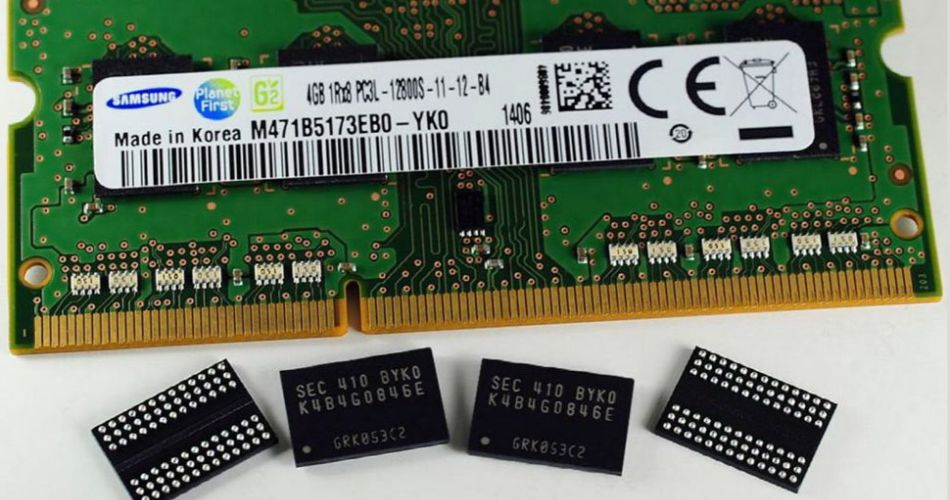Samsung and SK Hynix to Soon Cease DDR3 Production

DDR3 SDRAM set to get more expensive as Samsung and SK Hynix plan to cease making it.
Samsung and SK Hynix, the largest makers of dynamic random access memory (DRAM), plan to cease production of DDR3 memory, affecting inexpensive devices like routers that still use this type of memory. Micron and makers of specialty DRAM will maintain the production of DDR3 for the foreseeable future, but it is evident that it is time for DDR3 to leave the scene.
Samsung has already notified its customers that it will keep taking orders on DDR3 memory through the end of 2022 and fulfill these orders until the end of 2023, reports DigiTimes, citing industry sources. Popular 1Gb, 2Gb, and 4Gb DDR3 chips are expected to be discontinued. SK Hynix is also reportedly looking forward to phasing out DDR3 SDRAM production, though it is unclear when the company will cease to supply them.
According to the report, Micron currently has no plans to cease making DDR3 SDRAM. Furthermore, makers of specialty DRAM from Taiwan — Nanya Technology, Winbond Electronics, Etron Technology, and Elite Semiconductor Memory Technology (ESMT) — also do not intend to ship DDR3 SDRAM to their customers, though keep in mind that Etron and ESMT are fabless makers that depend on their contract manufacturers.
Mainstream desktops and notebooks have long ceased using DDR3 and DDR3L memory, but there are loads of other electronics that still use it, including Wi-Fi access points, routers, switches, media players, inexpensive tablets (and even some smartphones), and some cheap laptops. Most of these devices do not need a lot of memory, so they use 1Gb, 2Gb or 4Gb DDR3 memory chips that are very cheap. But without supply from two major DRAM makers, these ICs will inevitably get up to 10% more expensive.
Without low-capacity DDR3 SDRAM devices from Samsung and SK Hynix, specialty or cheap electronics makers must secure more expensive chips from competing suppliers or adopt higher capacity and pricier DDR4. Since devices like routers, switches, and media players tend to have long lifecycles, expect most makers of these components to start using more expensive components and pass the price increase to the end-users. Meanwhile, some products may cease to exist as they are meant to be very cheap and cannot allow even a slight price increase.